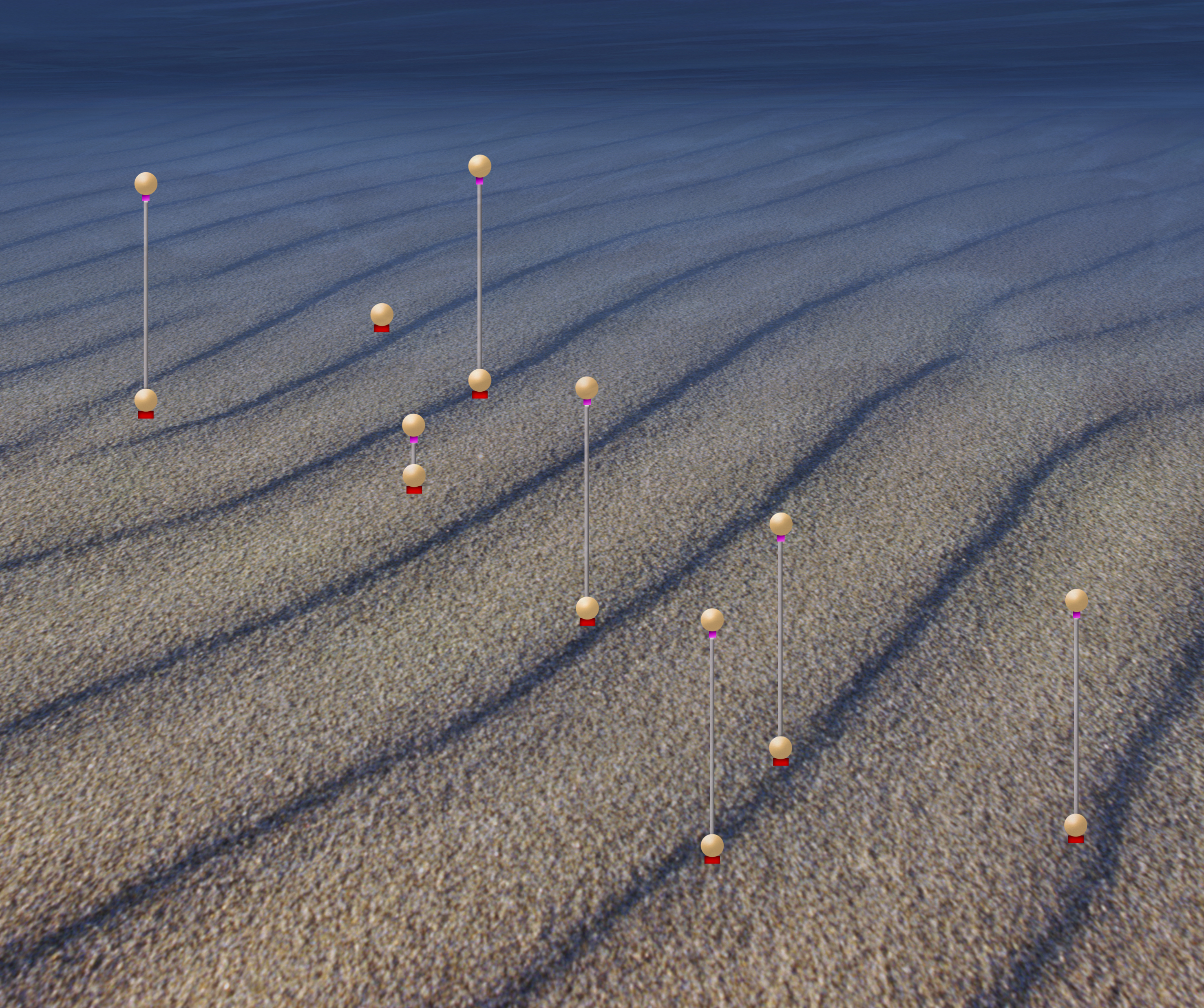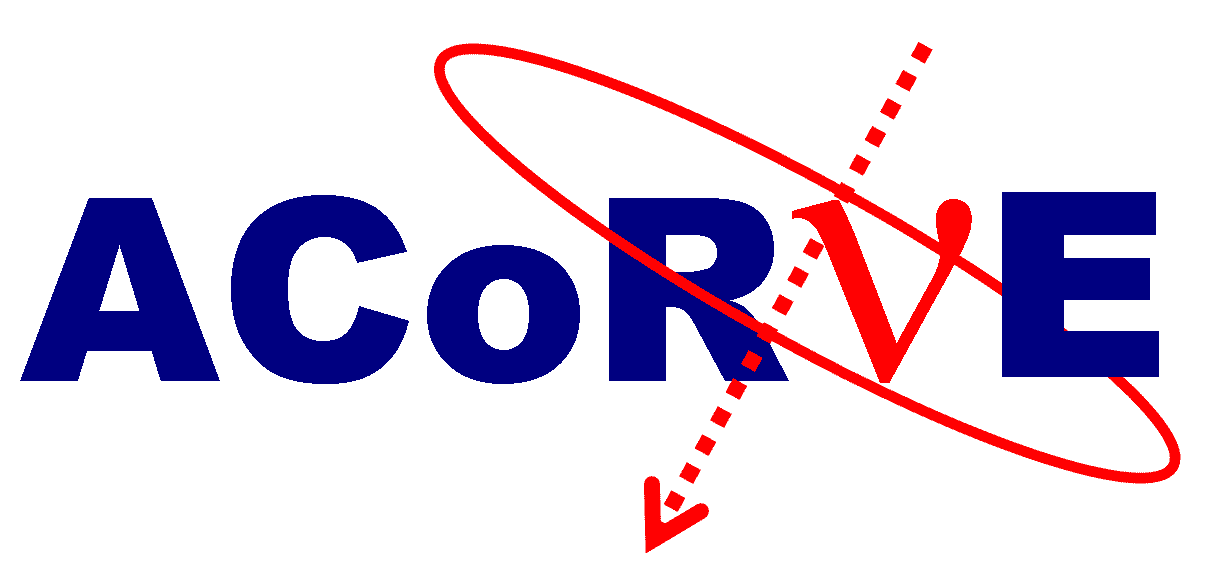Acoustic Detection

At UHE neutrino energies the cross section of the neutrino is sufficiently high as for the Earth to become opaque to the neutrinos. So UHE neutrinos that make it to the earths surface, more specifically, water interact with the water nucleons.
Hadronic and electromagnetic cascades, produced by the interactions of UHE neutrinos can deposit thermal energy, via ionisation losses, in the water. The heat dissipates only slowly, resulting in an expansion of the water. This in turn produces a bi-polar acoustic pulse, which acoustic neutrino hunters hope to hear.
But this is not without its difficulties. Water is an extremely noisy environment, with ships, submarines, wildlife, and many other acoustic sources to compete with. Part of the research that the ACoRNE group is working on is to investigate and minimise this background.
Arrays of Detectors
The height of the pressure pulse falls rapidly out of the plane perpendicular to the shower axis, and most of the acoustic energy from a shower is concentrated in a small angular range of roughly 6 degrees. Hence a single detector will detect only a small angular range. To overcome this problem an array of detectors has to be used.

At large distances from the shower axis, and in the plane of propagation, the acoustic emission is coherent, giving rise to large amplitude pressure pulses. This gives rise to the main motivation for building acoustic detectors in water - the attenuation length is of the order of kilometres, (10km for components of 10 kHz to about 1km for components of 30 kHz), enabling huge detector volumes to be considered.
Having an array over large volumes of water will improve the counting rate potential by orders of magnitudes compared to that of a single hydrophone. Using an array also has the advantage that the data can be extrapolated to reconstruct the cascade position and the neutrino direction, and can hence be used as a pointer to look for the origin of the UHE neutrinos.
The Rona Array
Off the island of Rona (west coast of Scotland), the ministry of defence has kindly allowed ACoRNE the use of an eight hydrophone array for research purposes. From this a continuous stream of data is taken and data reduction and reconstruction techniques investigated.

